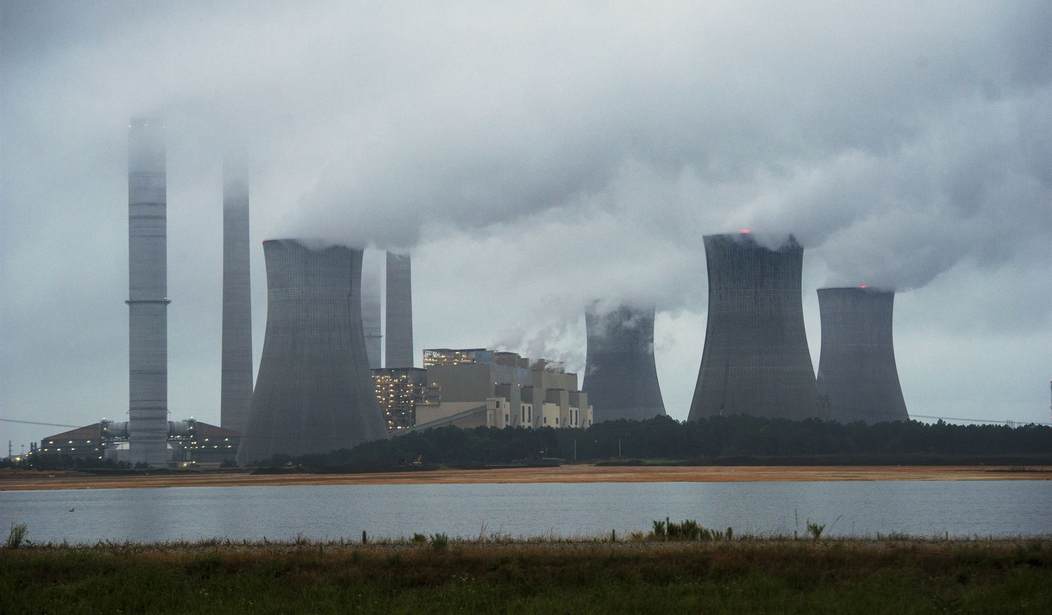Some issues transcend partisan politics. This is one of them.
In a special debate on climate change hosted by CNN in September, United States presidential candidate Sen. Bernie Sanders (D-VT) suggested using taxpayer money to fund abortion in poor countries. He believes doing so would help fight climate change.
In the debate, an audience member said, “Human population growth has more than doubled in the past 50 years. The planet cannot sustain this growth…. the need to curb population growth seems a reasonable campaign to enact.” Then she asked Sanders, “Would you be courageous enough to discuss this issue and make it a key feature of a plan to address climate catastrophe?”
“The answer is yes,” Sanders replied, “and the answer has everything to do with the fact that women—in the United States of America, by the way—have a right to control their own bodies and make reproductive decisions.”
“And the Mexico City agreement, which denies American aid to those organizations around the world that allow women to have abortions or even get involved in birth control, to me is totally absurd. So I think especially in poor countries around the world, where women do not necessarily want to have large numbers of babies and where they can have the opportunity through birth control to control the number of kids they have, it’s something I very, very strongly support,” he concluded.
As a citizen of a Third World country, I resent wealthy Western politicians’ acting to persuade poor women in our countries to choose abortion.
Suggesting abortion, and population control more generally, as a solution to the “climate crisis” involves three critical errors:
Recommended
1. Abortion is Morally Bankrupt
No one has the right to end the life of someone living in her mother’s womb. The inalienable right to life transcends government policies on population control.
Every life, whether inside the womb or outside, should be respected, allowed to determine its own future.
Offering to fund abortions for the poor anywhere—whether in poor countries or in America—out of taxpayers’ money is an assault both on the unborn and on the conscience of taxpayers.
2. Population Growth Does Not Drive Climate Change
Supporting taxpayer-funded abortions in the Third World to curb climate change rests on the assumption that population growth worsens climate change.
However, population and global average temperature (GAT) are independent of each other. GAT rises and falls cyclically regardless of total population and population growth rates.
World population rose at a fairly steady rate of under 0.05% per year from perhaps 10 million around 8000 B.C. to about 190 million in A.D. 1, then rose to around 1 billion by A.D. 1800. Yet over the same period GAT fell significantly after the “Holocene Climate Optimum” (roughly 7000–4000 B.C.), rose in the Minoan Warm Period (around 1500 B.C.), fell for about the next thousand years, rose in the Roman Warm Period (about 250 B.C. to A.D. 400), fell through the early Middle Ages, rose in the Medieval Warm Period (about A.D. 950–1250.), and fell again through the Little Ice Age (about A.D. 1300–1870).
Driven by the Industrial Revolution and the great improvements in human health and life expectancy it brought, population grew much more rapidly after 1800. It roughly doubled from then to 1930 and added 3 billion in the next 58 years, bringing the total to 5 billion in 1987. During the same period, global atmospheric carbon dioxide concentration, too, increased dramatically.
GAT, according to the logic of those who think population growth and carbon dioxide drive global warming, should have increased correspondingly. Yet it hasn’t.
During the 20th century, GAT did not correspond well with population. Despite rapid population growth and industrialization, GAT fell from the 1940s into the 1970s, as is well attested by scientific papers.
Since 2000, GAT has remained largely unchanged, while population rose from about 6.1 billion to about 7.5 billion. Scientists recorded a distinct slowdown in warming during 2000–2014, despite a huge increase in carbon dioxide emissions from the increasing population and the more industrialized world.
Also, although world population is increasing, its growth rate is decreasing. While population multiplied over six times in the past century, it will now take over 200 years to double again. It is likely that the global fertility rate will fall below replacement level late in this century. Population itself will begin to fall, first slowly and then rapidly, after that.
Already, below-replacement fertility rates cause major problems with the workforce in countries like China. Those problems will spread worldwide when the whole world’s population begins to decline.
So recommending any population control program as a solution to climate change is unscientific and merely captures the popular cultural myth that population growth is bad for the climate.
3. Human Capital Benefits the World
Moreover, as E. Calvin Beisner explained in Prospects for Growth: A Biblical View of Population, Resources, and the Future, high human capital actually helps poor countries to develop faster. Both India and China are leading exporters of skill and talent to the developed West.
In fact, most iPhones are made by the very same human capital (in China) that some people think is bad for the climate. Many other good things come out of the rich human capital in poor countries. The CEO’s of Google, MasterCard, Microsoft, and Nokia all came from my country, India—a relatively poor country, and with the second highest population in the world.
If anything, large-scale population control measures implemented in India and China did more harm than good, not only to those countries but also to the world in general.
Developing countries, especially in Africa, need an increase in technological investment and energy systems, not a curtailment of human capital. They, like their Asian peers, need human capital to flourish.
As a citizen of a developing country and someone who deeply cares about the issues of poverty and climate change, I consider the idea of funding abortion in poor countries a tool to curtail climate change unethical, unscientific, and economically foolish.
Vijay Jayaraj (M.Sc., Environmental Science, University of East Anglia, England), Research Contributor for the Cornwall Alliance for the Stewardship of Creation.

























Join the conversation as a VIP Member